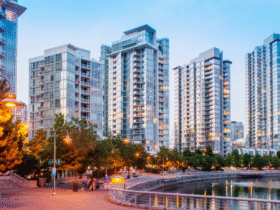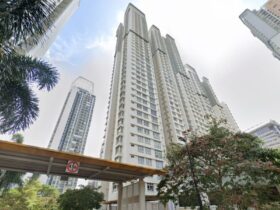Skyscrapers as far as the eye can see but virtually no farmland in sight. Welcome to Singapore. In this concrete jungle of six million people, there are just 500 acres of farmland. After decades of development, farmland on the island has virtually disappeared. The orchards and farms that were once common in the mid 20th century were wiped off the map as the city-state focused on becoming a commercial and manufacturing powerhouse.
This is why 90% of the city-state’s food comes in from overseas; beef from New Zealand, eggs from Poland and vegetables from Malaysia are common items on Singaporean menus. But during COVID-19, local authorities have demanded that the city-state raise the production of its own food to 30% to reduce the reliance on imports. That’s easier said than done in a place where land is so scarce that the Government is forced to regularly reclaim land from the sea to build more urban infrastructure.
So, Singapore is turning to hydroponics-based solutions to produce the food they need right in the heart of the city. Industrial and commercial buildings throughout Singapore are being transformed into vertical farms complete with climate-controlled grow rooms. It’s not uncommon for rows of lettuce and kale to be fed by automated drips of nutrient-infused water, with LED indoor grow lights substituting for the sun. It’s hydroponics on a large, large scale.
More than a dozen high-tech farms have sprung up in the middle of the city in recent years. There are some in semiconductor factories and others in car dealerships. One company even converted the rooftop of a parking garage into a greenhouse where lettuce, basil, and choy sum are grown for supermarkets.
One newcomer is an indoor farm named Commonwealth Greens that occupies a floor of an industrial building. Commonwealth Greens specialises in leafy greens like lettuce, kale, and chard which are grown and fed nutrients in large vertical columns, with the company that manages the farm saying it is capable of growing up to 100 tons of produce each year.
Emboldened by success stories such as these, the Government recently announced about $40 million in grants to expand high-tech farms.
In areas like Singapore where traditional growing is not possible, and never will be, hydroponics is one of the easiest alternatives to producing food. It can be done anywhere, the climate can be controlled to create perfect growing conditions and, as this New Zealand hydroponic retailer can confirm, crops can be grown in a nutrient-rich medium that promises spectacular yield. Be it a concrete canyon or a sandy desert, hydroponics is the fast-growing solution to an ever-increasing worldwide problem; vanishing farmland.











